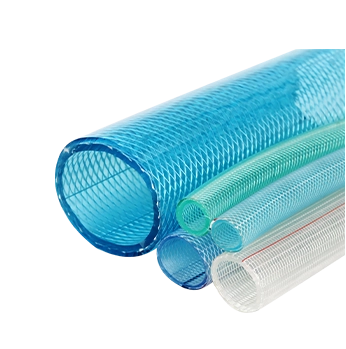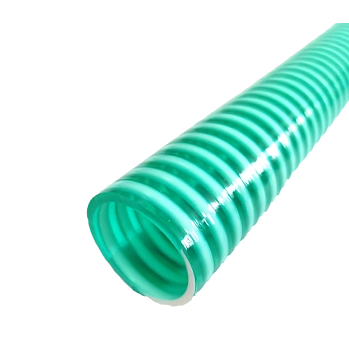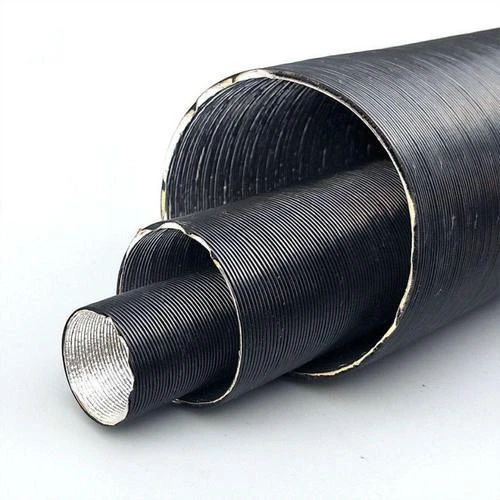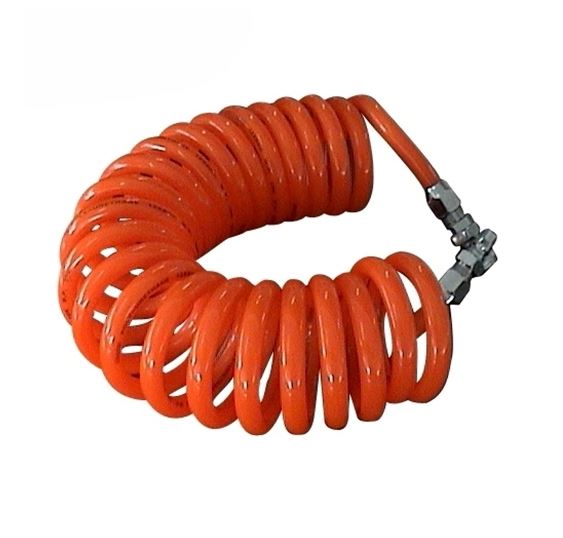Versatile and Durable Solutions for Efficient Layflat Hose Applications in Various Industries
Understanding Layflat Hose An Essential Tool in Agriculture and Industry
Layflat hoses, also known as flat hoses, are a vital component in various sectors, including agriculture, construction, and industrial operations. These versatile hoses are designed to transport water, chemicals, and other fluids efficiently. Their unique design allows them to lay flat when not in use, making them easy to store and handle. In this article, we will explore the characteristics, applications, benefits, and considerations when using layflat hoses.
Characteristics of Layflat Hoses
Layflat hoses are typically made from strong synthetic materials such as PVC (polyvinyl chloride), which provides durability, flexibility, and resistance to abrasion. They are engineered to withstand high pressures, making them suitable for various applications that require the transport of fluids over long distances.
The design of layflat hoses includes a smooth inner surface that minimizes friction and maximizes flow rate, while the outer layer is often reinforced to increase strength and prevent kinking. Available in multiple diameters and lengths, layflat hoses can cater to different operational needs, from small garden irrigation systems to large-scale agricultural applications.
Applications of Layflat Hoses
1. Agriculture Layflat hoses are extensively used in irrigation systems, enabling farmers to distribute water across fields efficiently. Their ease of use allows for rapid deployment and retraction, making them ideal for changing crop irrigation needs.
2. Construction In construction sites, these hoses are employed for water transfer. They can transport water for dust control, soil compaction, and other site necessities.
3. Firefighting Layflat hoses are also favored in firefighting operations due to their lightweight and flexible nature. They can be quickly deployed to deliver water to fight fires in challenging terrains.
4. Mining and Quarrying The mining industry often uses layflat hoses to transport water for dust suppression and dewatering operations.
5. Industrial Applications Many industries utilize layflat hoses for transferring chemicals and other fluids, taking advantage of their durability and resistance to various substances.
Benefits of Using Layflat Hoses
layflat hose

- Storage and Handling One of the primary advantages of layflat hoses is their ability to collapse and lay flat when empty
. This feature allows for compact storage and ease of handling, reducing the space required for transportation.- Versatility Layflat hoses can be used for various applications, making them a multifunctional tool in many industries.
- Durability Constructed from robust materials, layflat hoses are resistant to wear and tear. They can endure harsh environmental conditions, which is crucial in demanding settings like construction sites or agricultural fields.
- High Flow Rate The smooth interior of layflat hoses facilitates optimal fluid flow, which is essential in time-sensitive operations.
- Cost-Effective Given their durability and low maintenance requirements, layflat hoses offer a cost-effective solution for fluid transport in various applications.
Considerations When Using Layflat Hoses
While layflat hoses offer numerous benefits, some considerations should be kept in mind
- Compatibility Ensure that the hose material is compatible with the fluid being transported to avoid chemical reactions or degradation.
- Pressure Ratings It is essential to select a layflat hose with the appropriate pressure rating for your specific application to prevent bursts or leaks.
- Maintenance Regular inspection for wear, damage, or kinks can help prolong the life of layflat hoses and maintain their efficiency.
- Temperature Limits Consider the operating temperature limits of the hose material to prevent potential failures in extreme conditions.
In conclusion, layflat hoses are an indispensable asset across various industries thanks to their practical design, durability, and versatility. Whether irrigating crops, fighting fires, or managing industrial processes, these hoses play a crucial role in ensuring efficient fluid transfer. By understanding their characteristics and applications, users can better leverage their advantages for optimal performance in their respective fields.
-
Welded Wire Mesh Panel: Durable, Versatile, and AffordableNewsJul.28,2025
-
Top Quality Oxy Acetylene Hoses for Sale Fit for Welding DemandsNewsJul.28,2025
-
The Future of Pneumatic Air Tubes in IndustryNewsJul.28,2025
-
Superior and Reliable LPG Hose Pipe Solutions for Every NeedNewsJul.28,2025
-
Exceptionally Durable and Versatile Premium Braided PVC TubingNewsJul.28,2025
-
Best Adapters for Connecting Garden Hose to PVC Pipe ConnectionsNewsJul.28,2025














